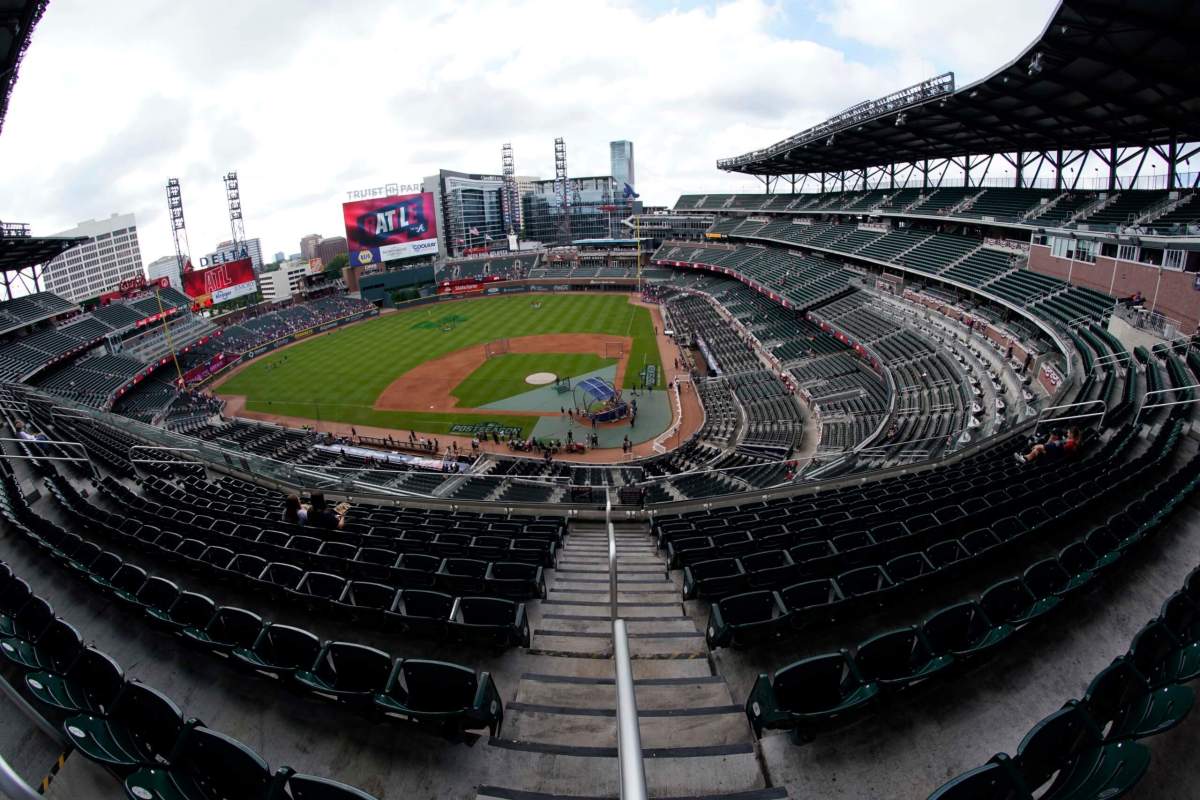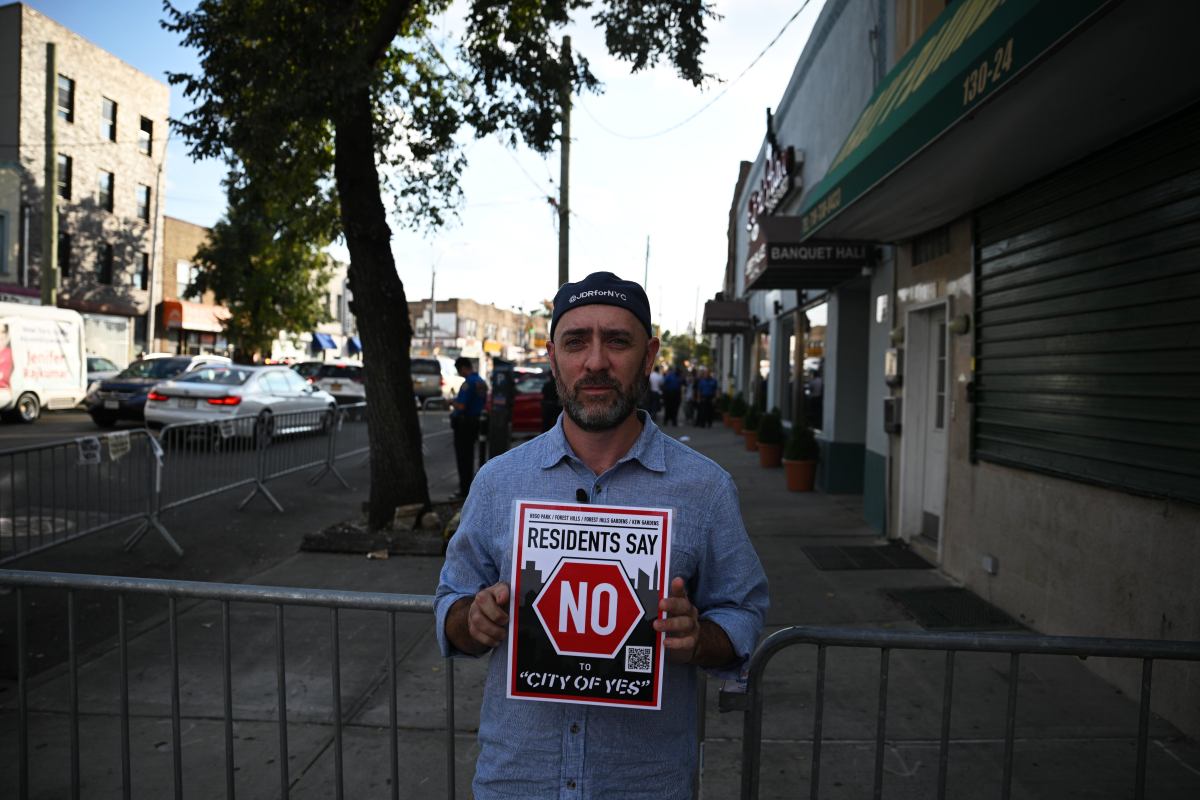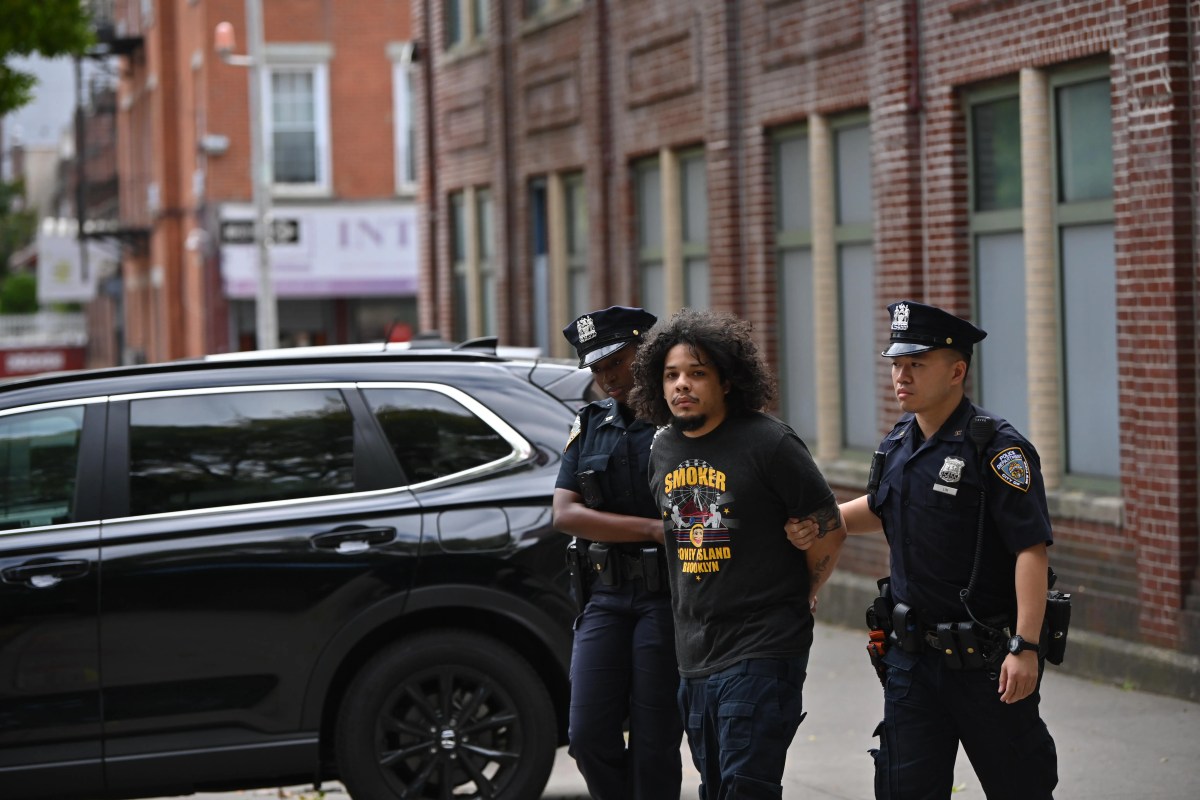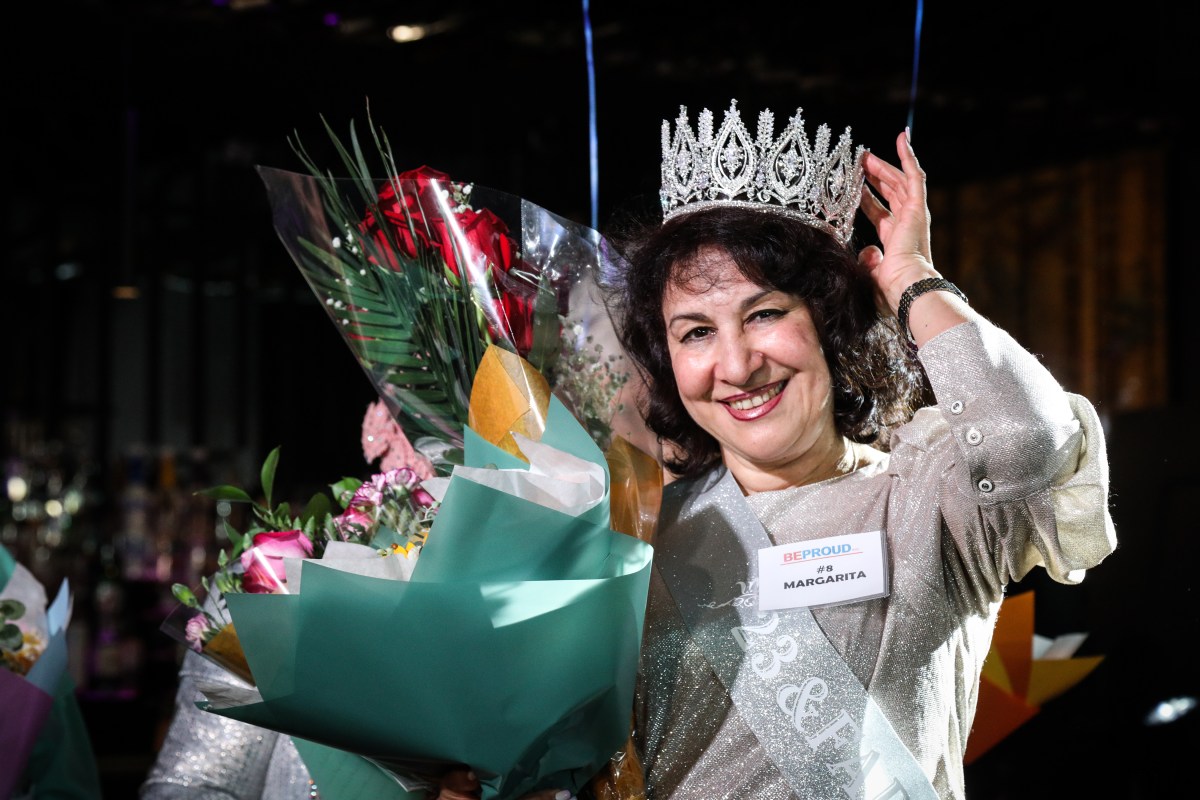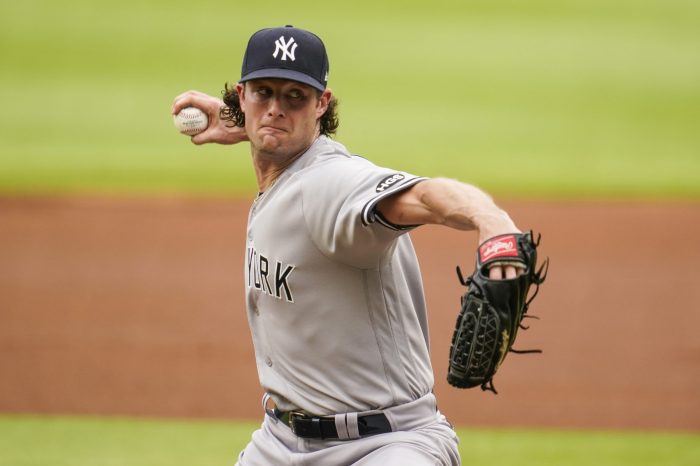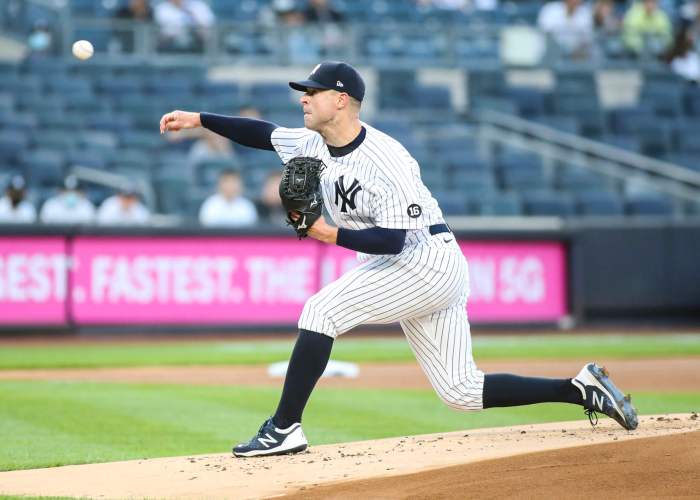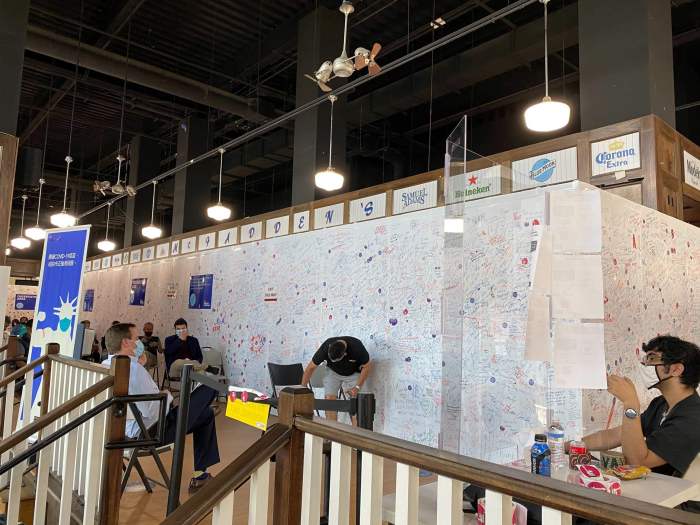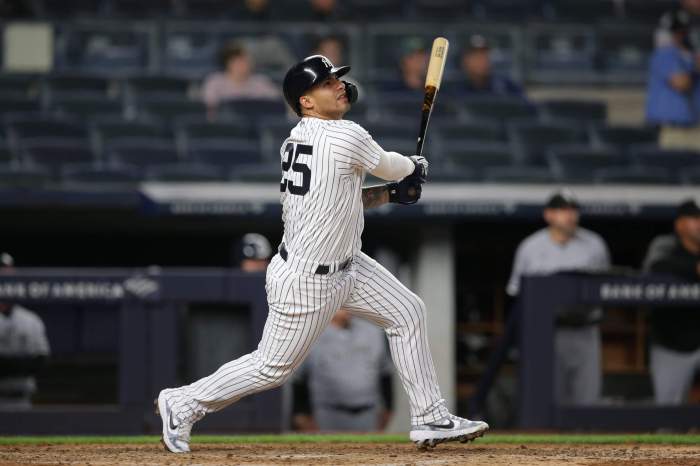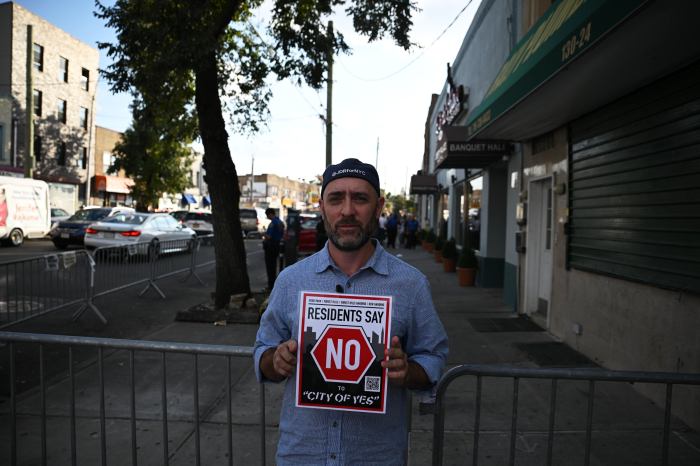It’s understandable for the unease to continue creeping while looking at the calendar and attempting to do the math.
There have been five weeks of radio silence between Major League Baseball (and commissioner Rob Manfred), team owners, and the players’ union (MLBPA) since the owners locked out the players on Dec. 2 at midnight with the expiration of the previous collective bargaining agreement (CBA).
Without one in place, the league simply cannot function.
Players have been canceled. Their pictures have been scrubbed from team websites, team employees are not allowed to talk about them by name with the media. Free-agent and trade negotiations have been halted for all MLB players, ruining what was a frantic and entertaining transactional period in November.
After a December of basically nothing, MLB is roughly five weeks out from pitchers and catchers reporting to spring training to begin preparations for the 2022 season.
But with each passing day, the likelihood of the regular season — not just spring training — starting on time grows less likely.
USA Today’s Bob Nightengale reported on Monday that there had been no meetings scheduled as of yet in January between the league and players’ association after two discussions that were headlined solely by “non-core economic issues.” Evan Drellich of The Athletic, however, previously reported that those talks should pick up at some point this month.
Of course, economics is the largest issue that is delaying the resolution of a new CBA that would get the MLB gears churning once more.
Players want to be paid more, which is a reasonable ask considering their salaries have declined while MLB’s revenue and franchise values have increased. More specifically though — and what is expected to be at the forefront of the players’ demands — is the need for younger players to have a bit more stability at the start of their careers.
Teams and owners have constantly manipulated their service times by holding prospects in the minors longer to avoid them hitting free agency earlier. Meanwhile, a majority of the players are forced to be paid at or near the league minimum ($570,500) until at least their third year of service time.
Yankees slugger Aaron Juge earned just $684,300 in 2019. Juan Soto, who finished fifth in NL MVP voting in 2020 by posting a .351 average and 1.185 OPS, made just $233,111 in the shortened season. AL MVP runner-up and Toronto Blue Jays star Vladimir Guerrero Jr. was paid just $605,400.
It’s going to be messy and tensions will be high, especially after the failed return-to-play negotiations of 2020 still looming. But both the two parties have to get to the table sooner rather than later because — even though Opening Day is roughly three months away — time is running out to guarantee a full 162-game season.



